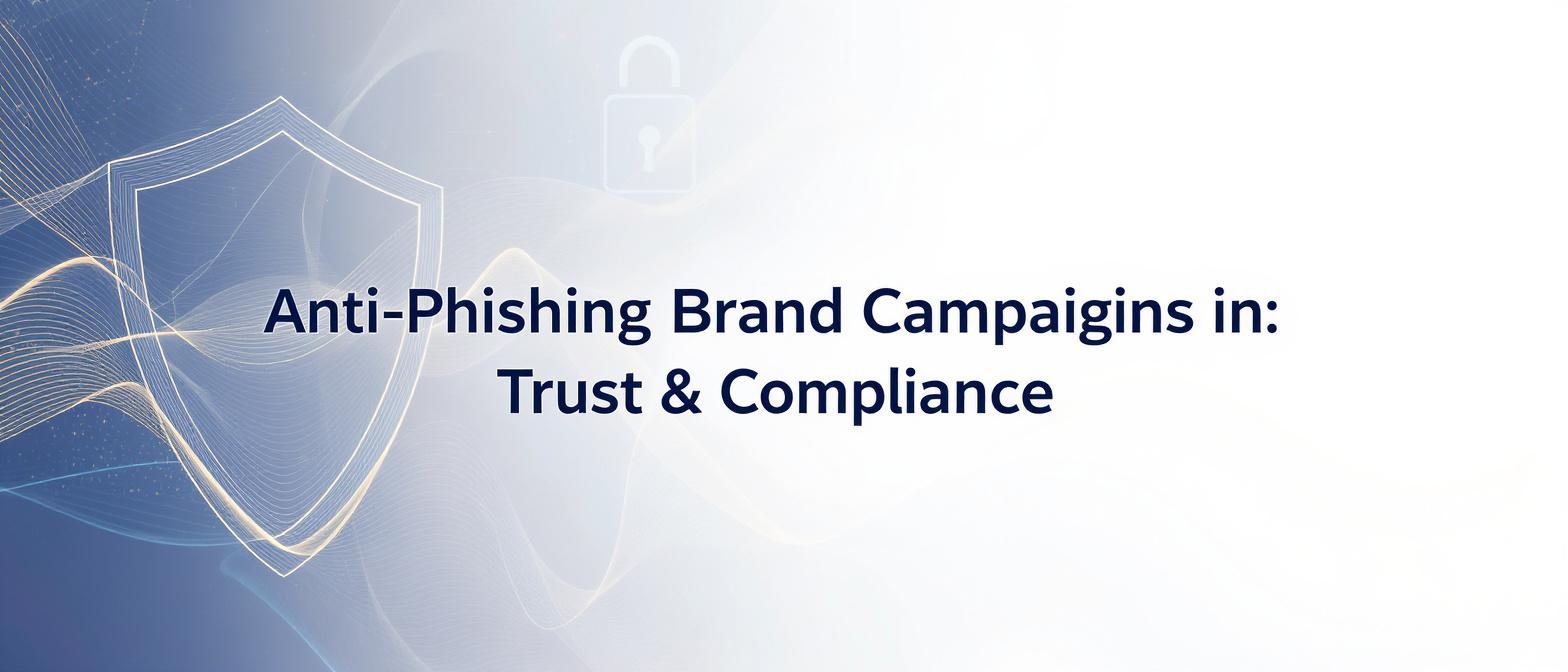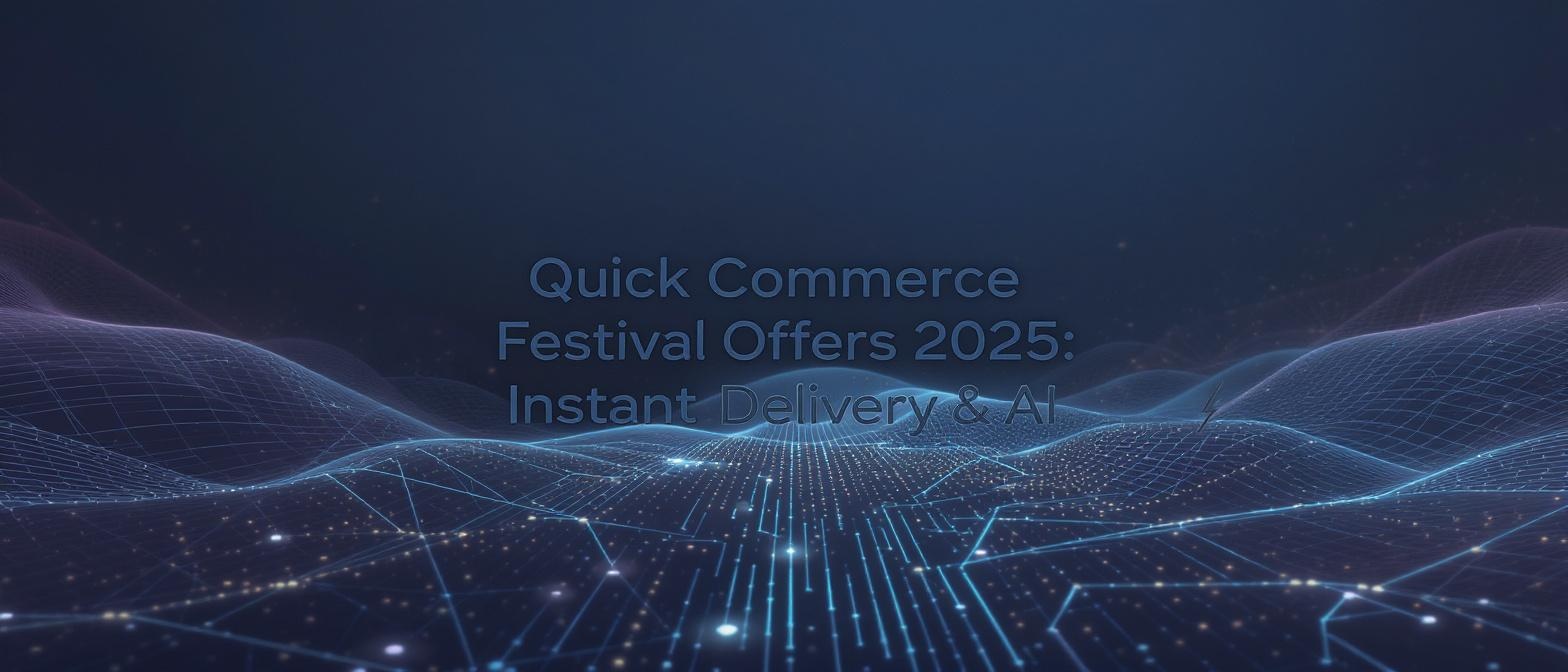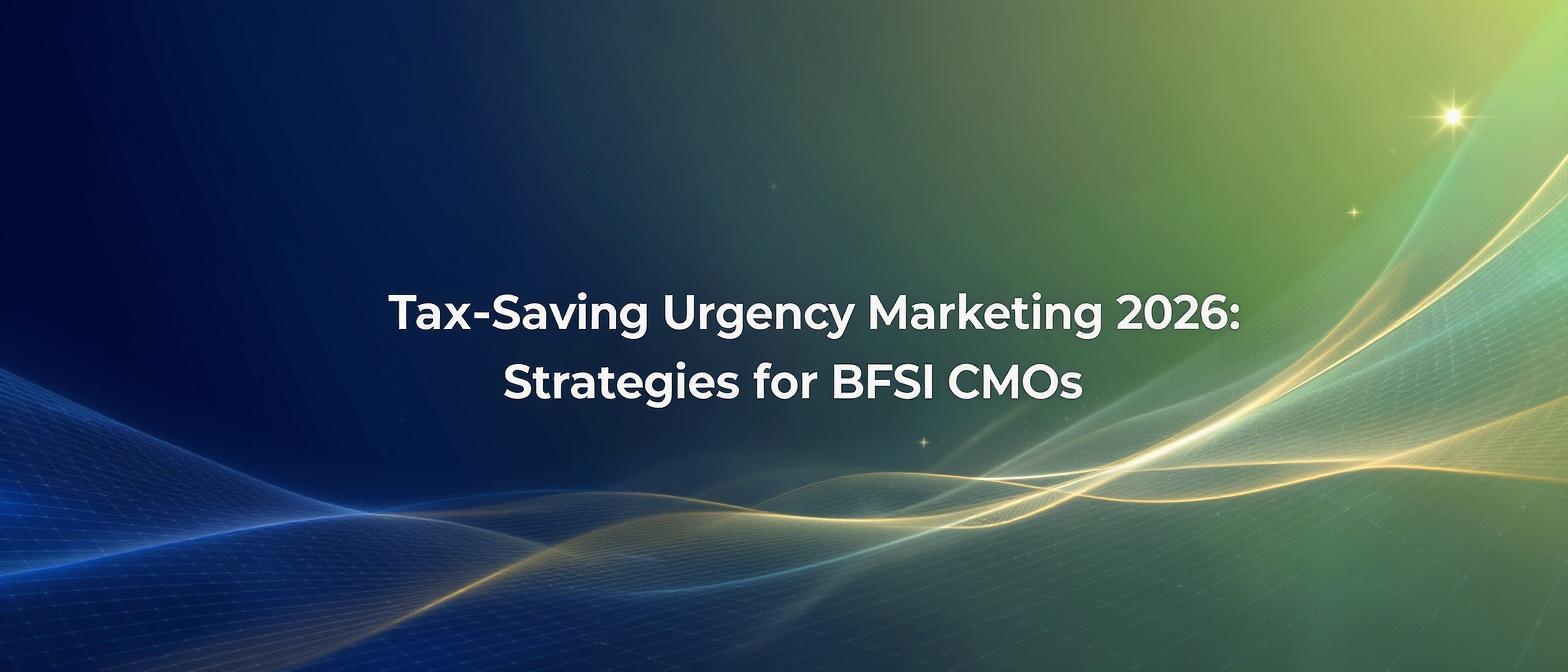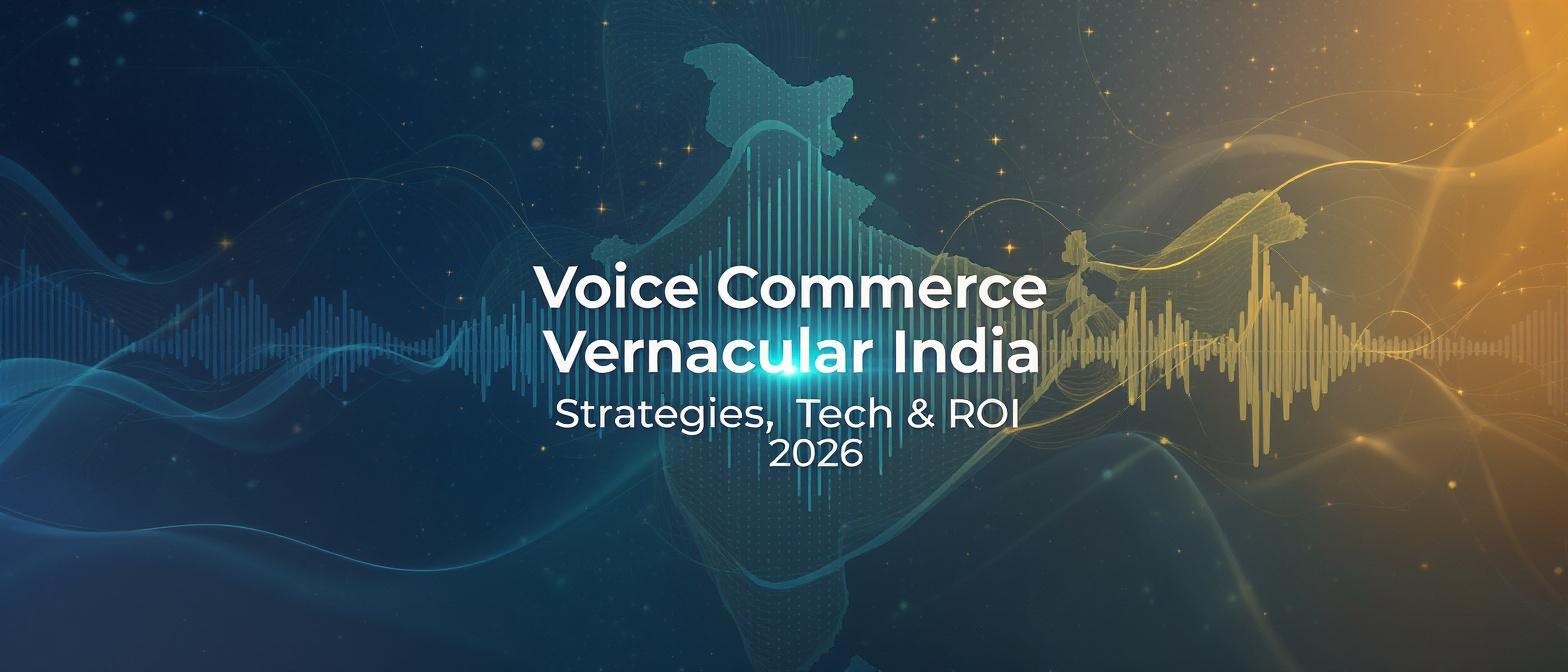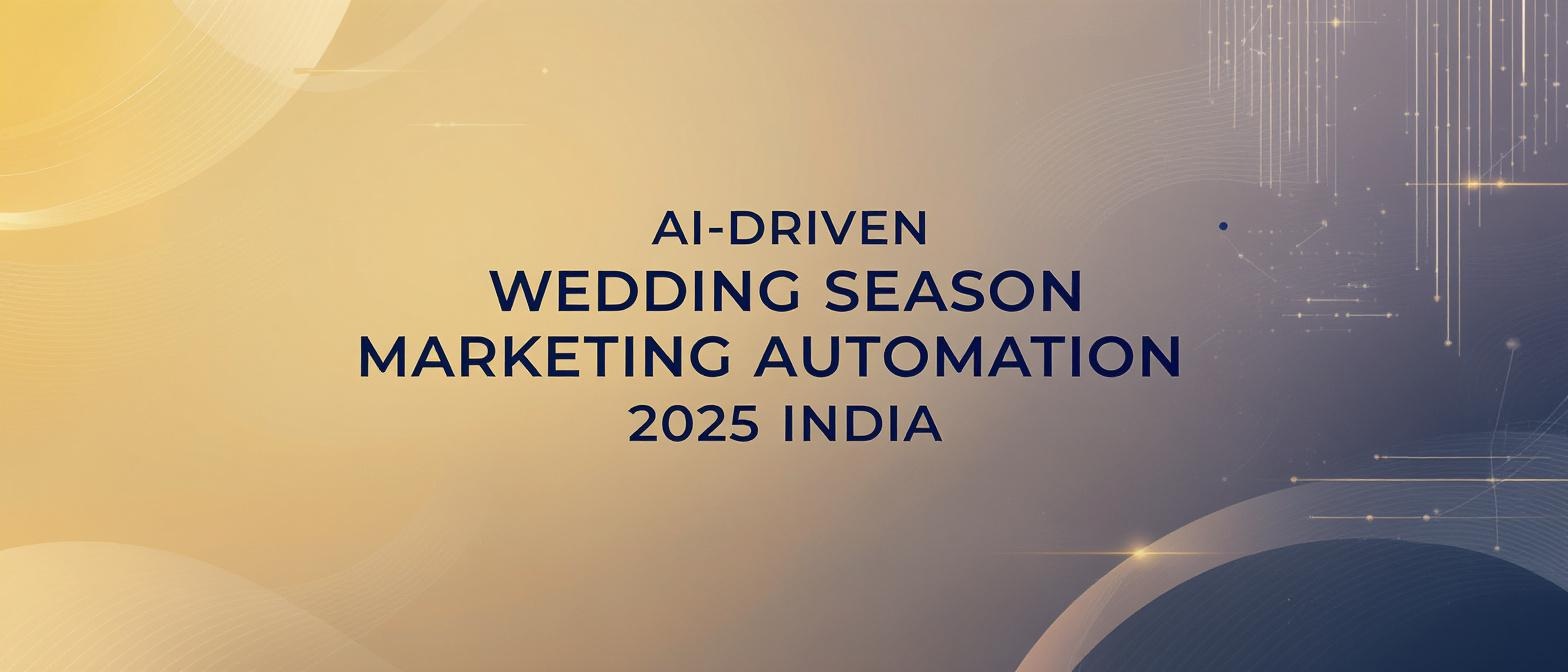How Anti-Phishing Brand Communication Campaigns in India Leverage Verified WhatsApp Trust Badges, C2PA Watermarking, and DPDP Consent Receipts
Estimated reading time: ~14 minutes
Key Takeaways
- Employing verified WhatsApp trust badges significantly boosts message authenticity and combats phishing.
- C2PA watermarking ensures AI video provenance and deters deepfake-based attacks.
- Personalized video communications deliver higher engagement and immediate relevance, proving crucial in BFSI and e-commerce sectors.
- DPDP consent receipts are vital for audit-ready compliance in India’s regulatory landscape.
- AI-driven crisis communication allows real-time, large-scale response during security events and fraud outbreaks.
In today's digital-first economy, the sophistication of phishing attacks poses a significant threat to consumer trust and brand integrity. For enterprises in India, especially during high-stakes offer campaigns, the battle against fraud is relentless. This landscape demands a new class of targeted, compliance-focused video strategies. These anti-phishing brand communication campaigns in India are no longer just about awareness; they are about authentication, risk reduction, and rebuilding customer confidence at scale.
The challenge is most acute in the BFSI, e-commerce, and telecommunications sectors, where peak-offer periods frequently correlate with dangerous spikes in fraudulent activity. Cybercriminals exploit the urgency of limited-time deals to lure unsuspecting customers into divulging sensitive information. As these threats evolve, so must our defenses. Advanced generative AI platforms are now at the forefront of this fight, delivering hyper-personalized video messages that not only engage but also protect. Platforms like TrueFan AI enable brands to deploy secure, consent-driven communications, backed by robust ISO 27001 and SOC2 certifications, setting a new standard for brand safety video marketing in India. This article explores the multi-layered technological and compliance frameworks that define modern anti-phishing campaigns.
The Critical Importance of Verified Communication
In a sea of digital noise and deceptive scams, authenticity is the ultimate currency. Verified communication is the first line of defense, establishing an immediate and recognizable signal of trust between a brand and its customers. It transforms a generic message into an authenticated interaction, significantly reducing the success rate of phishing attempts that rely on impersonation. This verification is crucial for cutting through the clutter of fraudulent links and fake alerts that plague consumers daily.
This is where verified WhatsApp sender trust badge videos become a game-changer. These are not just standard video messages; they are short, personalized videos delivered via the official WhatsApp Business API, prominently featuring the green “Verified” badge. This simple checkmark, backed by Meta’s rigorous verification process, instantly confirms the sender’s identity, assuring the recipient that the message is from a legitimate source. The mechanics involve a direct integration with the WhatsApp Business API, where brands undergo a verification process to earn the badge, which can then be dynamically inserted into video templates alongside other trust marks for maximum impact.
The impact of this visual verification on user engagement and security is substantial. Research confirms that verified communications significantly enhance credibility and are a powerful tool in combating phishing attacks. According to internal case studies from the BFSI sector, messages sent with a verified badge see up to 17% higher read rates. This lift isn’t just a vanity metric; it represents a tangible increase in the reach and effectiveness of critical, time-sensitive security alerts and fraud prevention messages.
Source: https://digi-tx.com/cybersecurity-marketing/cybersecurity-marketing-campaigns-for-awareness/
The Technological Framework for Advanced Fraud Prevention
Beyond sender verification, the very content of a video message must be provably authentic. As deepfake technology becomes more accessible, the threat of sophisticated, AI-generated phishing videos is no longer theoretical. This emerging challenge requires a robust technological framework built on provenance and transparency, ensuring that what the customer sees is verifiably genuine.
C2PA Watermarking for AI Video Provenance
At the core of this framework is the Coalition for Content Provenance and Authenticity (C2PA) standard. C2PA watermarking for AI video provenance involves embedding cryptographic metadata directly into the video frames. This tamper-evident data acts as a digital birth certificate, containing verifiable information about the video’s creator, creation timestamp, and any subsequent edits. For recipients, this means they can easily verify the origin and integrity of the communication, confirming it was produced by the legitimate brand and not altered by a malicious third party.
The implementation is seamless. During the video rendering process, API endpoints apply the C2PA metadata and can add a dynamic “verify origin” badge overlay. When a customer clicks this badge, they can view the provenance data, providing an unprecedented layer of assurance. This technology serves as a powerful deterrent to deepfake-based phishing campaigns and creates an immutable audit trail, a critical asset for legal and compliance teams investigating fraud incidents. A 2024 report by the C2PA organization highlighted a 300% increase in inquiries from enterprise security teams about adopting the standard, signaling its growing importance for 2025 and beyond.
Synthetic Media Disclosure in India
This technological safeguard is aligned with evolving regulatory expectations. The proposed amendments to India’s IT Rules, along with recommendations under the Digital Personal Data Protection (DPDP) Act, are moving toward mandating clear synthetic media disclosure in India. This would require any AI-generated content to be conspicuously labeled as such, ensuring transparency and preventing deceptive use. The goal is to empower users to distinguish between authentic and synthetic media, a critical step in mitigating the risks of AI-driven misinformation and fraud.
For brands, proactive adoption of C2PA and clear disclosure watermarks is not just about compliance; it’s about building trust. By being transparent about their use of AI in communications, companies can reinforce their commitment to ethical practices and customer safety. This preemptive approach positions them as leaders in responsible innovation, turning a potential compliance burden into a competitive advantage. These AI crisis communication tools are becoming essential for maintaining brand reputation.
Source: https://digived.academy/cybersecurity-in-2025-what-indias-ntro-phishing-matrix-means-for-you/
Personalized Video Solutions for Proactive Awareness and Prevention
Generic, one-size-fits-all security warnings are often ignored. To truly capture attention and drive behavioral change, anti-phishing messages must be personal, relevant, and timely. Personalized video combines the emotional impact of a tailored message with the precision of data-driven insights, creating a powerful tool for fraud prevention.
BFSI Scam Awareness Personalized Videos
In the financial sector, where trust is paramount, BFSI scam awareness personalized videos are proving highly effective. These are celebrity-led or CEO-driven short video clips that address customers directly by name, often referencing a recent transaction, their account type, or local branch to establish immediate relevance. The video then delivers a concise, clear warning about common phishing tactics, such as fake OTP requests or suspicious links disguised as account alerts.
The technical execution is surprisingly agile. CRM data points like customer_name, last_transaction_date, or branch_location are securely fed into a generative AI video platform’s API. Within seconds, a unique video is rendered with dynamic on-screen text and synthesized voice lines, such as, “Hi Priya, your friends at ICICI Bank want to remind you that we will never ask for your PIN over a call. Stay safe.” Research shows that this level of personalization can increase recall of scam awareness messages by up to 300%, embedding security best practices in the customer’s mind.
E-commerce COD Fraud Prevention Messaging
The e-commerce sector faces its own unique challenges, particularly with Cash on Delivery (COD) transactions, which are a common vector for fraud. To combat this, brands are deploying personalized e-commerce COD fraud prevention messaging. These are multi-language videos sent to customers before their delivery arrives, reminding them of critical verification steps, official return policies, and safe payment protocols. This proactive communication helps prevent scams where fraudulent delivery agents attempt to collect payment for fake orders or switch products.
A key to success in India’s diverse market is localization. The platform can auto-detect the customer’s preferred language from their user profile and generate a localized, lip-synced video in Hindi, Tamil, Bengali, English, and numerous other languages. TrueFan AI’s 175+ language support and Personalised Celebrity Videos ensure the message is not just understood but resonates culturally. A prominent e-commerce travel platform saw a 25% reduction in COD-related chargebacks and disputes after implementing such a campaign, demonstrating the clear ROI of personalized, localized offer campaign fraud prevention videos.
Source: https://digi-tx.com/cybersecurity-marketing/cybersecurity-marketing-campaigns-for-awareness/
Leveraging AI for Real-Time Crisis Communication
The most dangerous security threats are those that unfold in real time. A sudden data breach, a widespread system outage, or a fast-moving phishing campaign requires an immediate, clear, and reassuring response. Traditional communication methods like mass emails or static social media posts are often too slow and too impersonal to be effective in a crisis.
This is where AI crisis communication tools provide a decisive advantage. These platforms are designed for real-time, event-triggered video notifications that can be deployed at massive scale in minutes. The architecture connects directly to a company’s CRM, security monitoring systems, or other event triggers via webhooks. When a critical event is detected—such as a surge in fraudulent login attempts from a specific region—the platform’s API instantly initiates a personalized video render.
Imagine a telecom company experiencing a network outage in Mumbai. Within minutes, every affected customer in that region receives a personalized video from the CEO. The video addresses them by name, acknowledges the specific outage in their area, provides a clear timeline for resolution, and outlines safe steps to avoid scams that might try to exploit the situation. This level of rapid, personalized, and authoritative communication can transform a potential brand crisis into an opportunity to demonstrate competence and build customer loyalty. Internal data shows that such crisis videos achieve over a 90% watch-through rate, compared to just 45% for standard text-based alerts. This ensures that critical information is actually received and understood, making it a cornerstone of modern brand safety video marketing in India.
Source: https://digived.academy/cybersecurity-in-2025-what-indias-ntro-phishing-matrix-means-for-you/
Ensuring Brand Safety and Compliance in Every Video
In a heavily regulated market like India, effective communication is inseparable from stringent compliance. For anti-phishing campaigns, this means ensuring not only that the message is secure but that it adheres to all legal and brand safety standards. This requires a platform with built-in safeguards for content moderation, auditability, and data protection.
Content Moderation and Immutable Audit Trails
A crucial aspect of brand safety is automated content moderation. When generating personalized videos at scale, there’s a risk of user-provided data containing inappropriate or offensive text. A robust compliance engine automatically filters political, profane, or otherwise brand-unsafe terms, preventing them from being rendered into the final video. This process, governed by ISO 27001 and SOC2 protocols, protects the brand from reputational damage and ensures all communications align with corporate standards. Furthermore, every video generated, along with its associated data and consent records, is logged in an immutable audit trail, providing a complete history for internal reviews or regulatory inquiries.
The Mandate for DPDP Consent Receipts
The enforcement of India’s Digital Personal Data Protection (DPDP) Act, 2023, and its anticipated Rules in 2025, introduces a significant compliance requirement: DPDP consent receipts. These are machine-readable records that transparently document the consent obtained from an individual (the “data principal”). Each receipt must clearly state the purpose of data processing, the legal basis for it, a precise timestamp of consent, and the identity of the data fiduciary.
Advanced video communication platforms integrate this requirement directly into their workflow. When a user opts in to receive communications, the system automatically generates a consent receipt in PDF or JSON format. This receipt is then stored securely in an encrypted environment (e.g., AWS) and a link to it can be embedded in the video’s metadata. This creates an easily verifiable, audit-ready record that allows CISOs and legal teams to demonstrate compliance on demand. This proactive approach to consent management is non-negotiable for achieving legal defensibility in brand safety video marketing in India.
Source: https://www.dpo-india.com/Blogs/email-marketing-privacy/
Case Studies and Metrics: Proving the Impact
The true measure of any anti-phishing strategy lies in its real-world results. Across various sectors, Indian brands are leveraging personalized video and compliance automation to achieve significant, quantifiable improvements in security and customer engagement. These campaigns demonstrate that a proactive, tech-driven approach yields a strong return on investment.
From Engagement to Security: Zomato and Goibibo
Leading brands are cleverly adapting successful marketing campaigns for security purposes. For example, the pipeline used for Zomato’s viral Mother’s Day campaign, which delivered over 354,000 personalized celebrity videos, could be repurposed to send anti-phishing tips to users at the time of placing an order. This approach resulted in a 2.5x increase in click-through rates on embedded fraud-safety awareness links, turning a moment of engagement into a valuable security touchpoint.
Similarly, Goibibo’s successful re-engagement campaign featuring cricketer Rishabh Pant was adapted to include fraud prevention upsells. After re-engaging users with a personalized message, a follow-up video could educate them on identifying common travel-related scams. Solutions like TrueFan AI demonstrate ROI through such innovative applications, where existing marketing infrastructure is leveraged to bolster security initiatives.
Measurable Fraud Reduction in BFSI
The BFSI sector has seen some of the most dramatic results. One leading bank implemented personalized video OTP reminders, where a short video message from a brand ambassador cautioned users against sharing their OTP. This simple intervention led to a staggering 60% reduction in phishing click-throughs from fraudulent SMS messages. These BFSI scam awareness personalized videos prove that personalization directly impacts security behavior. The campaign’s success was tracked through key metrics, including:
- Open-Rate Uplift: A consistent 15-20% increase compared to text-only alerts.
- Watch-Through Rates: An average of 85-90% for critical security messages.
- Reduction in Fraud Incidents: A measurable decline in reported phishing attempts and successful account takeovers.
- Chargeback Decreases: A significant drop in fraudulent transactions and related disputes.
- Consent Receipt Retrievals: High retrieval rates during internal audits, confirming DPDP compliance readiness.
These metrics collectively paint a clear picture: strategic, personalized anti-phishing brand communication campaigns in India are not a cost center but a powerful driver of value, security, and trust.
Source: https://www.varindia.com/news/i4c-and-amazon-india-join-forces-for-scamsmartindia-campaign
Conclusion: The Future of Secure Brand Communication
The fight against digital fraud in India has entered a new era. It is no longer enough to simply warn customers about phishing; brands must actively authenticate their communications, prove their content’s integrity, and meticulously manage customer consent. The most effective anti-phishing brand communication campaigns in India are built on a powerful trifecta of technology and compliance: verified communication channels like WhatsApp, AI-driven provenance tools like C2PA watermarking, and automated compliance frameworks that generate DPDP consent receipts.
This integrated approach delivers compounding benefits. It elevates customer trust by providing clear, unambiguous signals of authenticity. It drastically reduces fraud by making it harder for criminals to impersonate brands and manipulate content. And, critically, it ensures that all communications are audit-ready and legally defensible, providing peace of mind for CISOs, legal counsel, and marketing leaders alike. As we move further into a landscape shaped by generative AI and stringent data protection laws, this holistic strategy for brand safety video marketing in India will be the definitive standard for excellence.
Is your organization ready to protect its customers and fortify its brand reputation? CMOs and security teams are invited to pilot a next-generation anti-phishing campaign. Contact us to explore an API integration and schedule a demo.
Frequently Asked Questions
1. What is the primary benefit of using verified WhatsApp trust badges in anti-phishing campaigns?
The primary benefit is immediate authentication. The green verified badge, issued by Meta, instantly assures the recipient that the message is from the legitimate brand and not an impersonator. This visual cue significantly increases trust and reduces the likelihood of users falling for phishing scams sent from unverified numbers.
2. How does C2PA watermarking prevent deepfake-based phishing attacks?
C2PA embeds a cryptographic, tamper-evident layer of metadata into the video file itself. This “digital birth certificate” allows anyone to verify the video’s origin, who created it, and if it has been altered. If a fraudster creates a deepfake video of a CEO, it will lack this C2PA verification, making it easy for customers and security systems to flag it as inauthentic.
3. Are DPDP consent receipts mandatory for all marketing communications in India?
Under the Digital Personal Data Protection (DPDP) Act, 2023, consent is a primary ground for processing personal data. While the specific rules are still being finalized for 2025, obtaining and documenting clear, specific, and freely given consent is crucial. Generating DPDP consent receipts is a best practice for creating an auditable trail that proves lawful processing, which is essential for all personalized marketing communications.
4. How can personalized videos be created at scale for millions of users without sacrificing quality?
This is achieved through generative AI video platforms. Platforms like TrueFan AI use a combination of pre-recorded templates (often with a celebrity or brand representative) and a powerful rendering engine. The platform’s API takes in customer data (like name, location, or purchase history) and dynamically inserts it as on-screen text, synthesized voiceovers, and personalized visuals, rendering a unique video for each user in seconds.
5. How much time does it take to launch a personalized anti-phishing video campaign?
The timeline can be surprisingly fast with the right platform. Once the creative template is filmed and approved, the technical integration via API can be completed in a matter of days. A pilot campaign, targeting a specific customer segment with a clear use case like OTP awareness or COD fraud prevention, can often be launched within two to three weeks.

